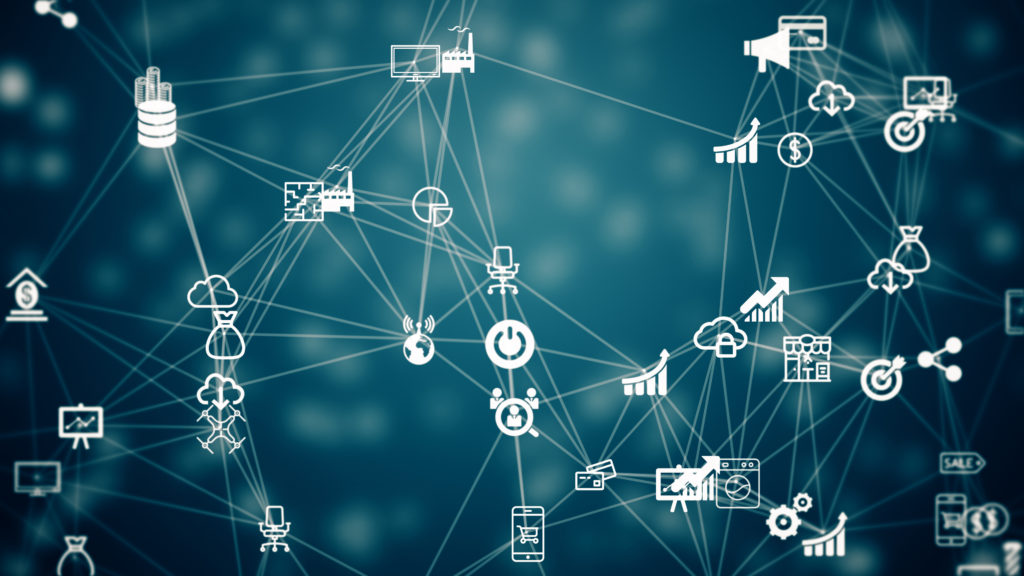What IoT is telling us about the trucking industry during COVID-19
Goods are still moving in North America, and the Internet of Things is helping us understand how, where, and how fast.
The trucking industry has changed dramatically during the COVID-19 crisis, and thanks to the Internet of Things (IoT), we can now almost seamlessly track the global and trade activity of commercial transportation, as well as the overall rate at which commercial vehicles are being used. This relatively seamless tracking is made possible by the IoT devices attached to vehicles that track where they go and how often they’re traveling.
“We are able to do commercial truck fleet analyses from different perspectives,” said Mike Branch, vice president of data and analytics for Geotab, which provides fleet management solutions. Geotab’s cloud-based analytics analyze classes of vehicles, the industries they are deployed in, commercial transportation between and within counties, and frequency of travel.
The Canada/US border has shown more of an effect than the US/Mexico border, Branch said, and border volumes from Canada to the US tend to remain higher than from the US to Canada.

“Also, while the predictable reduction in travel and commercial activity was not surprising, consequently, we’ve also seen a decrease in traffic congestion, idling, and perhaps most significantly, a drastic decline in CO2 emissions,” Branch said. “For instance, as soon as the lockdowns began across North America, we saw a drastic reduction in emissions, down to 40% or less of normal for some cities. New York City, in particular, has seen the largest reduction, sitting at 38% of pre-pandemic CO2 emissions.”
Branch said he was pleasantly surprised to see the steady stream of truck traffic to grocery stores in North America, despite the coronavirus pandemic. “In fact, around March 15–before most stay-at-home orders were officially put into place, this traffic was above 100% of normal activity,” he said. “Since then, we’ve seen traffic to grocery stores hovering around 80-90% of normal–signaling that groceries are still readily available across North America.”Where the data comes from
“Utilizing the fleet data that we collect, we provide aggregate and anonymized data to protect the privacy of our customers,” Branch said. “This aggregate-level data can be leveraged to help our customers make more informed decisions during times like the COVID-19 crisis, and help the general public as well.”
Branch said many of the world’s largest commercial fleets use the data and analytics from multiple perspectives that range from general fleet management, safety, and sustainability; to ELD (electronic logging device) data that began being required from the Federal Motor Carrier Safety Administration in 2015, which measures the number of hours each day a driver is behind the wheel.
“The result is, there are now more than 2 million vehicles utilizing our devices,” Branch said. “Users include everything from federal and municipal governments utilizing our system for telematics, to fleets ranging in an array of sizes–from an owner-operator with a single-vehicle all the way up to fleets over 100,000.”
This broad adoption of transportation IoT and analytics has been useful for measuring the impact of COVID-19 on supply chains and economic health.
“Given the stay-at-home orders that have been put into place, we were generally not surprised that congestion overall was down, while trucks are still making deliveries,” Branch said. “What we were surprised at was the scale of the impact in some of the cases, since COVID-19 presented an unprecedented time, and we didn’t really know what to expect when we initially looked at the numbers.”
Analytics like these, which were only pipe dreams when the world suffered through pandemics and epidemics like the 1918 flu, Ebola, and H1N1, have become “eyes into the storm” with COVID-19. They not only enable us to navigate more effectively while we are under pressure—but to take the technology forward so we can be better prepared for future disruptive events.
“We expect this live data to be of great use to businesses and government as they try to “re-open,” Branch said. “What’s more, as these businesses re-open, we can maintain a pulse on the health of the economy. Also, with this drastic reduction of emissions due to less activity and less idling, we see an opportunity for fleets to continue to monitor their emissions and implement sustainable practices, even after businesses begin to recover from the pandemic.”
